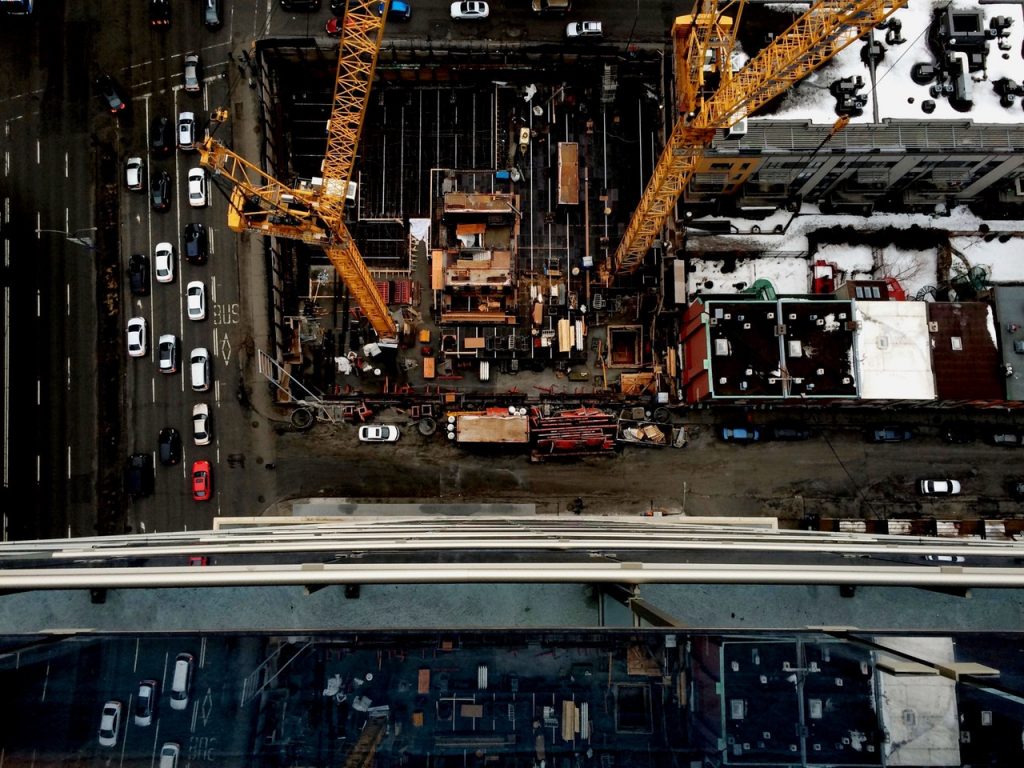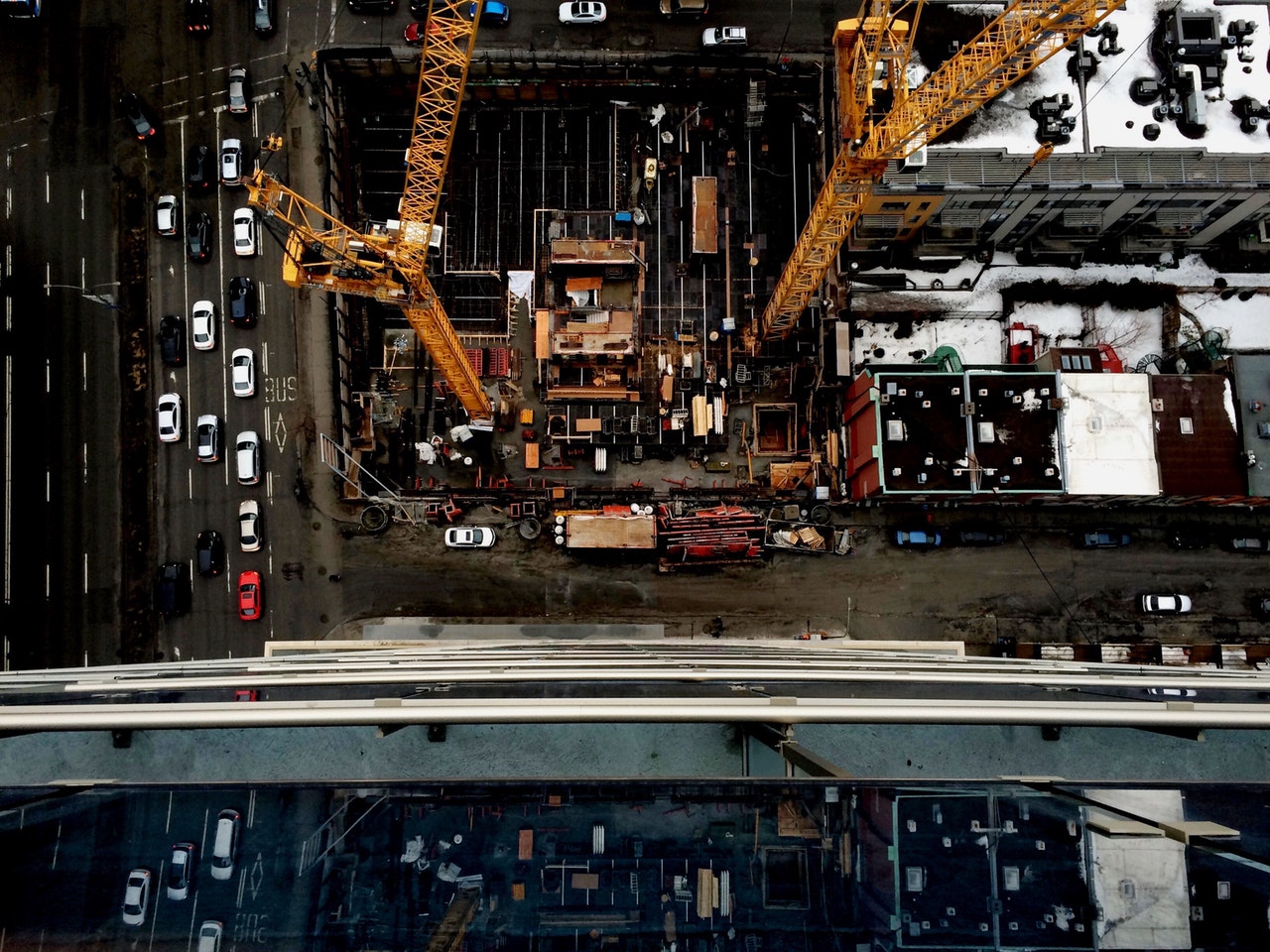Building in the urban environment is more complicated than in other settings. Consequently, it is important to think about construction considerations from project inception and, in some cases, coordinate the design with the realities of working on an urban site rather than the other way around. Five common construction considerations that should be considered by owners, design professionals and constructors alike are the implications of lot-line structures, elevated subsurface risks, foundation selection, excavation methods and monitoring.
Lot-Line Structures
To make the most use of sparse land, in dense urban areas, buildings are commonly built up to, the property lines on one or more sides. As a result, buildings may be practically in touch with each other. Lot-line structures on abutting property are susceptible to damage during construction, increasing the cost and risk of a project. Where multiple buildings were built at the same, as is usually the case with row houses, buildings may share party walls and foundations that straddle the property line. Lot-line structures and party walls, in particular, can greatly complicate demolition, sometimes requiring an adjacent building to be stabilized or shored. If the adjacent building is old and the new building is to have a basement, underpinning may be required.

Subsurface Risk
Nearly all construction projects are subject to subsurface risk. However, for urban construction projects, the risk of encountering something unexpected is often higher, as are the potential consequences. Unexpected variation in soil, rock or groundwater conditions can increase the likelihood of damage to adjacent structures. Changing the approach to construction or modifying the design of the project to respond to a field condition can greatly increase cost and lengthen the schedule. In addition, utilities and remnants of previous structures may be present on or immediately adjacent to the site, presenting obstructions to excavation and foundation construction. Common subsurface investigations may be supplemented with a study of the site’s history and test pit excavations. On an urban site, understanding what is below ground is of increased importance given the cost and risk of surprises and adjusting to them.
Foundation types
The subsurface uncertainties and nearby structures will constrain the choice of foundation system for urban projects. Pile driving is often impractical due to vibration concerns. A variety of drilled pile and pier foundation systems may work, but the drilling methods must be carefully selected to avoid causing vibrations and ground loss or being obstructed by remnants of adjacent structures or debris infill material.
Excavation Methods
In rural and suburban areas, excavations are often made cavalierly, at best conforming to OSHA regulations. On an urban site, such an approach can be hazardous. Excavations on urban sites often cannot be safely sloped or benched. As a result, excavation support is necessary to allow the excavation sides to remain vertical. It is also often necessary to use the excavation support to resist traffic loads from the street and prevent damage to utilities and sometimes other structures. Excavation methods require additional consideration, as well. Common rock excavation methods like blasting and mechanical breaking produce vibrations that can damage adjacent properties. Problems can also be encountered when removing remnant structures and other obstructions.
Monitoring
Since there is more to go wrong and the consequences can be severe, it is routine to use survey methods and various instrumentation to monitor various facets of urban construction. Monitoring certain metrics provides an early warning should the performance of a construction activity or temporary structure deviate significantly from what is expected. This allows corrective action to be taken before significant damage or failure occurs.
When building in the urban environment, the design of new construction, the site, the surroundings and construction methods interact to an extent greater than many in the construction industry are accustomed to. Design choices that do not account for the site can increase costs. Construction choices that do not account for the surrounding increase risk. Due to the value and revenue potential of urban projects, delays can be extremely costly. Therefore a holistic approach to urban construction that includes design sensitivity to construction consideration and proactive risk management is a necessity for a successful urban project.
The information and statements in this document are for information purposes only and do not comprise the professional advice of the author or create a professional relationship between reader and author.
